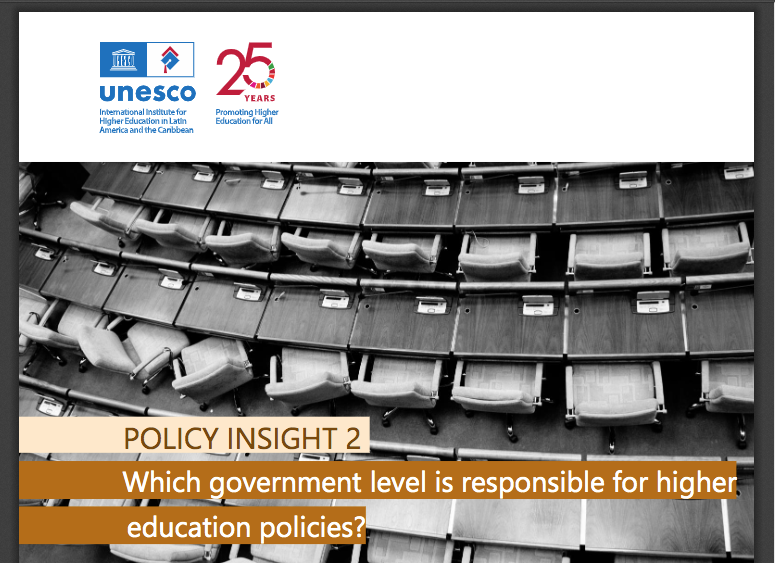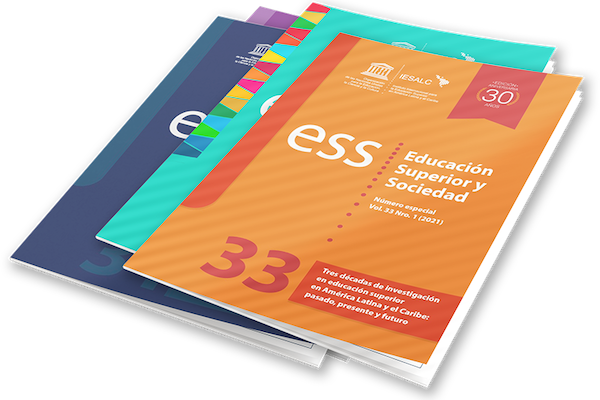Exploring the regulation of higher education systems worldwide

Across the world, higher education (HE) is regulated differently across countries. While the fundamental principles of institutional autonomy and academic freedom often provide a significant decision-making power to higher education institutions (HEIs) in many countries, the levels at which governments make decisions on HE systems vary.
Determining the optimal level for the regulation of HE systems is not straightforward. On the one hand, centralized decision-making at national level allows ensuring a certain level of coordination and standards for quality or equality across the system. On the other hand, decentralized decision-making at subnational level is key to best respond to local needs and make sure policies are adequately balanced.
The HE Policy Observatory shows that almost 90% of HE systems are regulated at the central level, while less than 10% of countries share decision-making on HE between the national and sub-national level. Notably, only three countries fully delegate HE regulation at the subnational level, i.e. to regions and/or provinces. Besides, the level of HE governance is related to the level of income: the wealthier the country, the more likely it is to share or delegate decision-making on HE with subnational entities.
This last observation is just the starting point for deeper reflection and analysis. Besides income level, various factors can play a pivotal role in shaping governance structures. For example, countries with a large population size or tertiary enrolment rates can be more inclined to decentralize decision-making. Other aspects such as socio-political history or the degree of HEIs autonomy are also decisive for HE regulation. Exploring these factors is crucial for a nuanced understanding of the complexities involved. It is also clear that governments could benefit from further exploring ways to collaborate with regional and local jurisdictions to meet and adequately balance regional, local and national needs and improve the design of the policy structure.
This is a useful reminder that the journey towards effective collaboration at all levels is not only a necessity but a shared responsibility to drive impactful change and advance higher education for all.
Check out the UNESCO IESALC Policy Insight on the regulation of HE systems here.
RELATED ITEMS







